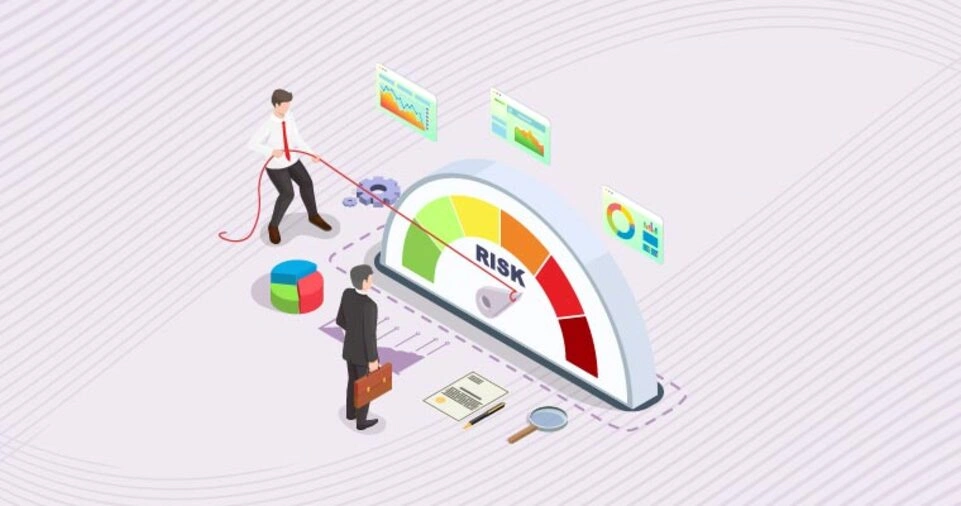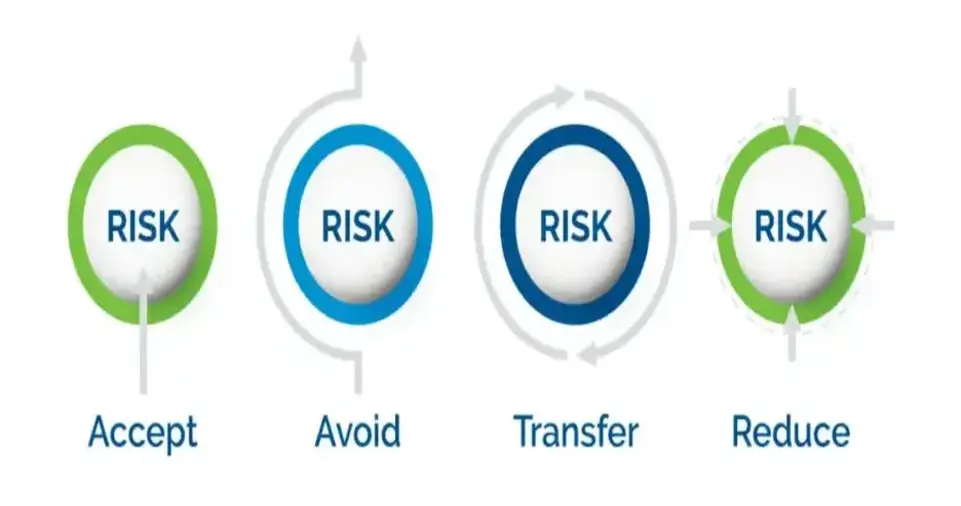Running a business comes with uncertainties, and these uncertainties often translate into risks.
Whether it’s financial instability, operational failures, cyber threats, or reputational damage, risks can have severe consequences if not managed effectively.
Businesses that lack a structured risk management strategy are vulnerable to crises that can disrupt operations, cause financial losses, and damage their reputation.
This is why risk assessment and crisis management are crucial components of a successful business strategy.
A well-prepared business can anticipate risks, create response plans, and take proactive steps to minimize damage.
Crisis management ensures that an organization can swiftly respond to unexpected challenges, reducing downtime and financial loss.
Effective risk management involves identifying potential risks, assessing their impact, implementing mitigation strategies, and continuously monitoring the business environment.
This detailed guide explores how businesses can handle risks and manage crises efficiently.
It provides in-depth insights into risk identification, assessment, mitigation, and crisis response, ensuring long-term sustainability and resilience in an ever-changing business landscape.
Understanding Business Risks
What Are Business Risks?
Business risks are uncertainties that can negatively impact a company’s financial health, operations, or reputation.
These risks can arise from internal and external factors, making it essential for businesses to analyze potential threats and develop appropriate strategies to counter them.
Types of Business Risks
Financial Risks
Financial risks relate to factors affecting the financial stability of a company.
These can include:
- Cash flow problems
- Economic downturns
- Interest rate fluctuations
- Market volatility
- Currency exchange rate changes
Operational Risks
Operational risks occur due to internal business failures such as:
- Supply chain disruptions
- Equipment breakdowns
- Employee errors or fraud
- Poor internal controls
Strategic Risks
Strategic risks stem from external changes in the market, such as:
- Emerging competition
- Changing consumer preferences
- Industry disruptions
Compliance and Regulatory Risks
Businesses must comply with local and international laws, failing which they may face penalties.
Examples include:
- Tax compliance issues
- Employment law violations
- Industry regulations
Cybersecurity Risks
As businesses move towards digital operations, cybersecurity threats have become prevalent.
Common cybersecurity risks include:
- Data breaches
- Phishing attacks
- Ransomware incidents
Reputational Risks
A company’s reputation can be damaged due to:
- Negative media coverage
- Customer complaints
- Ethical violations
Risk Assessment and Planning

Importance of Risk Assessment
Risk assessment allows businesses to:
- Identify potential threats
- Understand the impact of risks
- Prioritize risks based on severity
- Develop mitigation strategies
Conducting a Risk Assessment
Businesses should conduct a thorough risk assessment using:
SWOT Analysis
A SWOT analysis helps identify Strengths, Weaknesses, Opportunities, and Threats within an organization. This analysis aids in recognizing vulnerabilities and preparing countermeasures.
Risk Matrices
A risk matrix is a tool used to evaluate risks based on their likelihood and impact.
Risks are categorized as:
- Low Risk (low impact, low likelihood)
- Medium Risk (moderate impact, moderate likelihood)
- High Risk (high impact, high likelihood)
Business Continuity Planning (BCP)
A business continuity plan ensures that an organization can continue operations during crises.
This plan includes:
- Identifying essential business functions
- Creating backup strategies
- Developing contingency plans
Crisis Management Strategy
Preparation
Establish a Crisis Management Team (CMT)
A dedicated crisis management team should include:
- Senior executives
- Legal advisors
- IT security experts
- PR and communication specialists
Develop an Emergency Response Plan (ERP)
The ERP should outline:
- Immediate response actions
- Communication protocols
- Resource allocation strategies
Conduct Regular Drills and Training
Employees should be trained in handling crises through:
- Mock drills
- Cybersecurity awareness sessions
- Emergency evacuation exercises
Immediate Response
Activate the Crisis Response Plan
Upon detecting a crisis, businesses should:
- Assess the severity of the situation
- Gather critical information
- Alert key stakeholders
Communicate Effectively
- Issue press releases when necessary
- Use social media to manage customer relations
- Keep employees informed about developments
Ensure Safety and Operational Continuity
- Prioritize employee and customer safety
- Implement contingency measures for ongoing operations
Recovery Phase
Damage and Financial Impact Assessment
- Conduct audits to determine the extent of damage
- Assess financial losses
Implement Corrective Actions
- Address operational shortcomings
- Strengthen security measures
Restore Customer and Stakeholder Trust
- Engage with customers to rebuild confidence
- Enhance public relations strategies
ALSO READ: How to Understand Market Trends Before Making an Investment
Effective Risk Mitigation Techniques

Diversification
Businesses should diversify their:
- Revenue streams
- Supplier networks
- Investment portfolios
Insurance Coverage
Insurance policies protect businesses from potential financial losses, such as:
- Property insurance
- Liability insurance
- Cybersecurity insurance
Strengthening Cybersecurity Measures
- Implementing firewalls and encryption
- Regularly updating security software
- Conducting cybersecurity training for employees
Legal Compliance
- Staying updated on regulatory changes
- Consulting with legal advisors regularly
Financial Planning
- Maintaining emergency funds
- Creating financial contingency plans
Continuous Monitoring and Improvement
Regularly Reviewing Risk Management Policies
- Updating strategies based on new risks
- Conducting annual risk assessments
Learning from Past Crises
- Analyzing previous failures and successes
- Documenting lessons learned
Staying Ahead of Industry Trends
- Monitoring market changes
- Adopting innovative risk management technologies
ALSO READ: How to Make Smart Financial Decisions During a Recession
Conclusion
Risk management and crisis handling are essential for businesses aiming for long-term success.
By identifying risks, assessing potential impacts, and implementing robust crisis management strategies, businesses can safeguard themselves from unexpected threats.
Proactive preparation, continuous monitoring, and learning from past incidents are key to building a resilient and sustainable business.
With an effective risk management plan, businesses can not only survive crises but also emerge stronger in an increasingly uncertain world.







